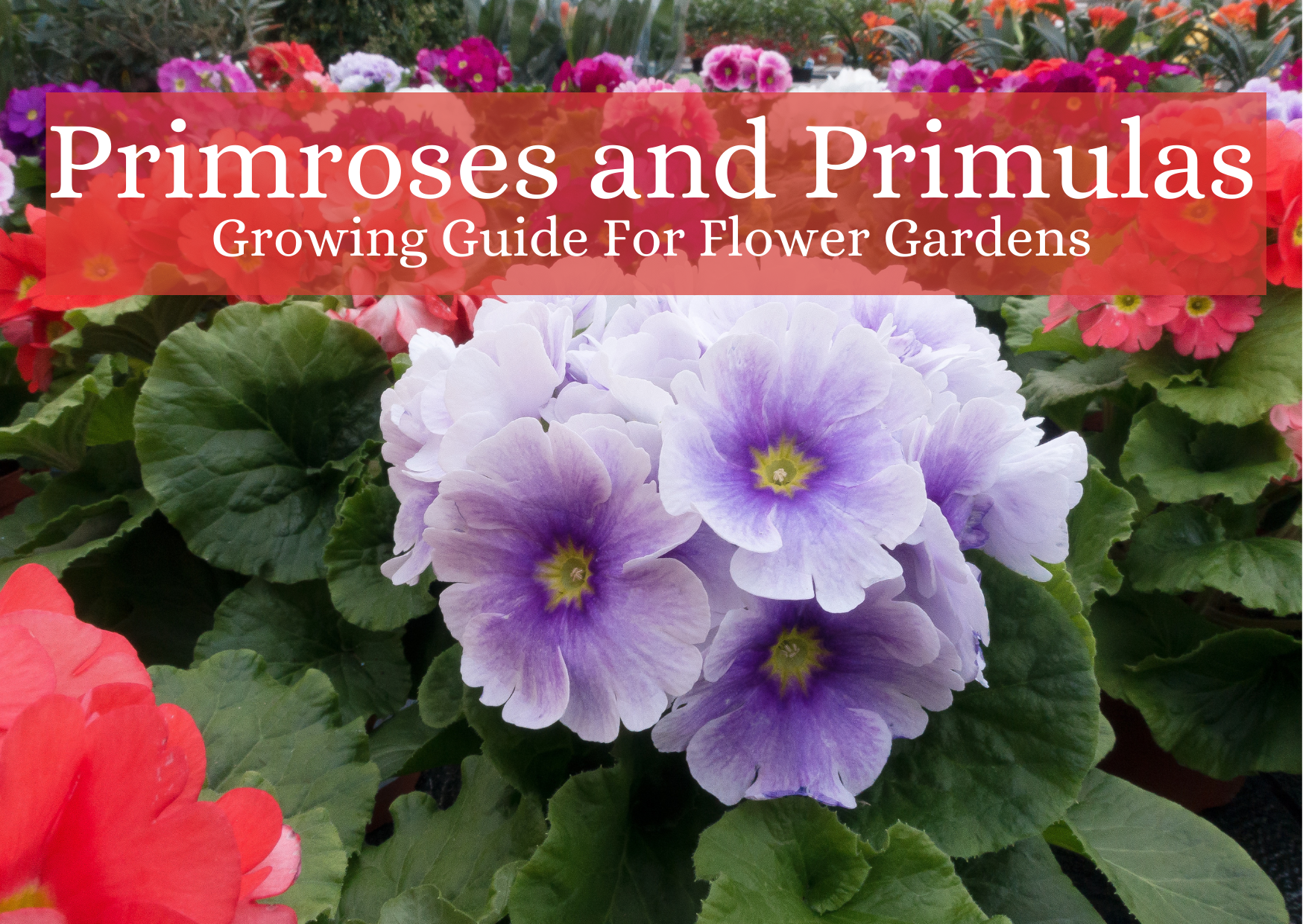Last Updated on August 9, 2022 by Real Men Sow
You can grow primroses easily and come in many forms. However, there are many other Primula genus plants that are equally beautiful. From the yellow cowslips that we have, to the elegant drumstick primulas, ornate polyanthus primarias, and auriculas, these plants are all very attractive.
Primroses and Primulas Colours
There are many colors to choose from, including yellow, pink, orange, and others that bloom in the early spring. Some flower later than others. Primroses, primulas, and other primroses can be grown in containers or borders. They also work well in informal and formal plantings. You can grow them alone or in combination with other spring-flowering favorites.
How To Grow Primroses And Primulas
Spring is the best time to plant primulas. Primroses and primulas require moisture-retentive soil. Some prefer partial shade, while others need to be in full sun. Let seeds grow or let deadheads flower to encourage self-seeding in your garden. To rejuvenate congested clumps, divide them every few years.
Where To Plant Primroses And Primulas
Primroses and primulas thrive in partial shade with moist soil. Some varieties are better suited for growing in bog gardens, while others can tolerate slightly dryer conditions as long as there is plenty of humus added to the soil during planting. Many don’t thrive in direct sunlight.
How To Plant Primroses And Primulas
In spring, many primula varieties are available at garden centers, including primroses and cowslips as well hybrid polyanthus primulas. These can be purchased at garden centers and planted where you want them to grow.
How To Care For Primulas
While cowslips and our native primroses require very little care, other primulas can flower for longer periods of time so they may need some extra attention. Once you see the buds start to form, give the plants a 10 day supply of tomato fertilizer.
Feed The Plants
Give the plants one last feed after the last flowers have died. If you have pots, ensure they don’t dry. All primulas benefit from deadheading, except if you want them to start seed.
To tidy up your rosettes of evergreen or semi-evergreen leaves, you may need to get rid of old foliage in winter. Primrose clumps should be divided every few years in order to revive the plant.
How To Propagate Primulas
Many primula species can self-seed very easily. To allow seeds to grow, don’t deadhead the flowers. Also, be careful when weeding in order to not dig up primula seedlings. You can also divide Primulas. After they have finished flowering, simply dig them up and separate the plants from the main plant. Place the divided pieces back in the ground, water well and let them grow.
Growing Primulas: Problem Solving
Primulas are not susceptible to many diseases and pests. Primrose leaf spots are the first signs of disease and pests. They can be found in yellow-orange areas or in gray-colored tissue. Holes appear when the center is removed. You may find white fungal growth under the leaves, that’s when you should immediately pick up and destroy any affected leaves.
Advice on Buying Primulas and Primroses
- Always select a healthy specimen that is free from signs of disease, yellowing leaves, or pest infestations.
- You need to ensure that you get the correct primula for your garden. Pay attention to its growing requirements as well as color.
- Keep in mind that primroses of polyanthus tend to require more care than primroses from native primroses and primulas (Primula vulgaris).


